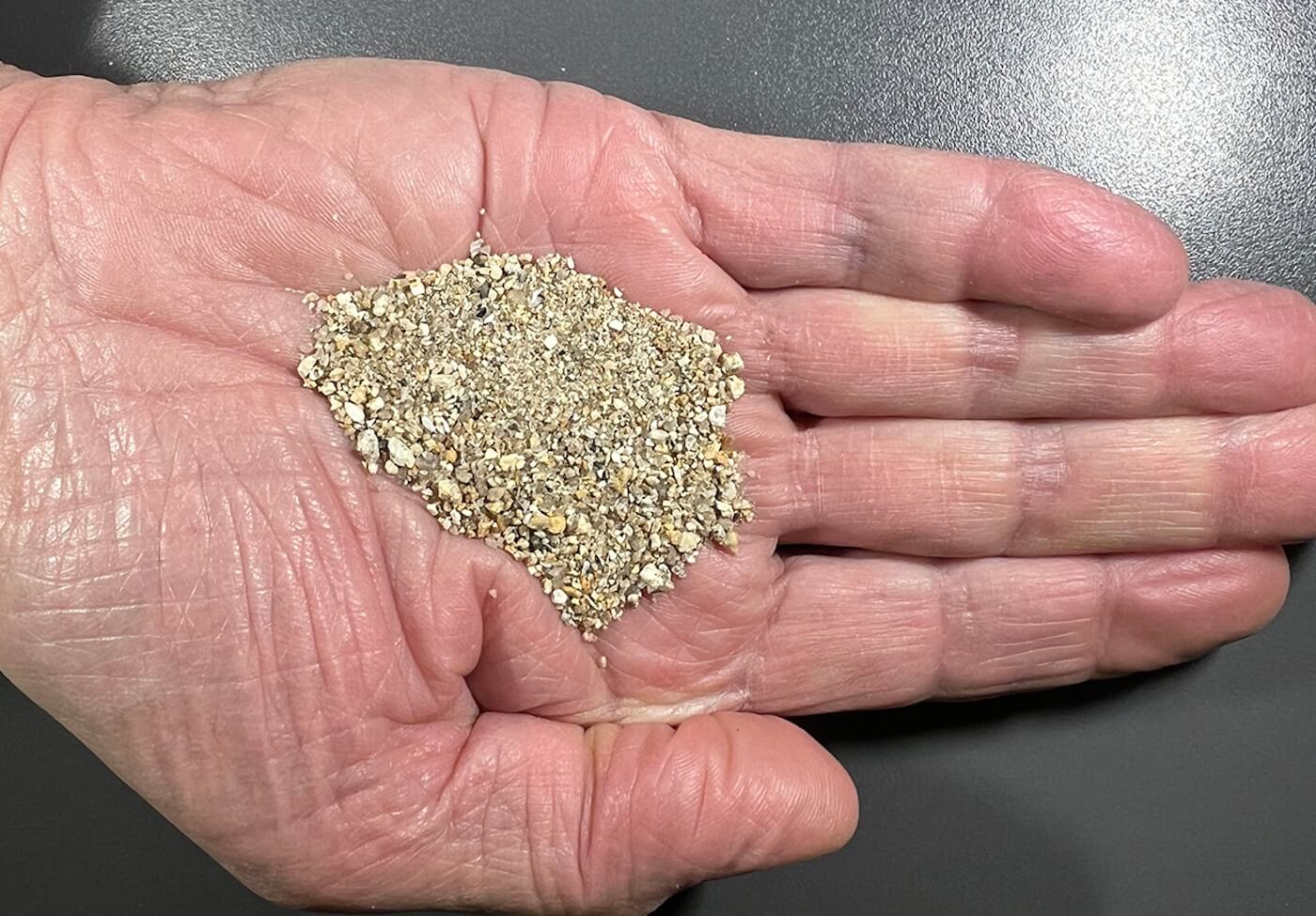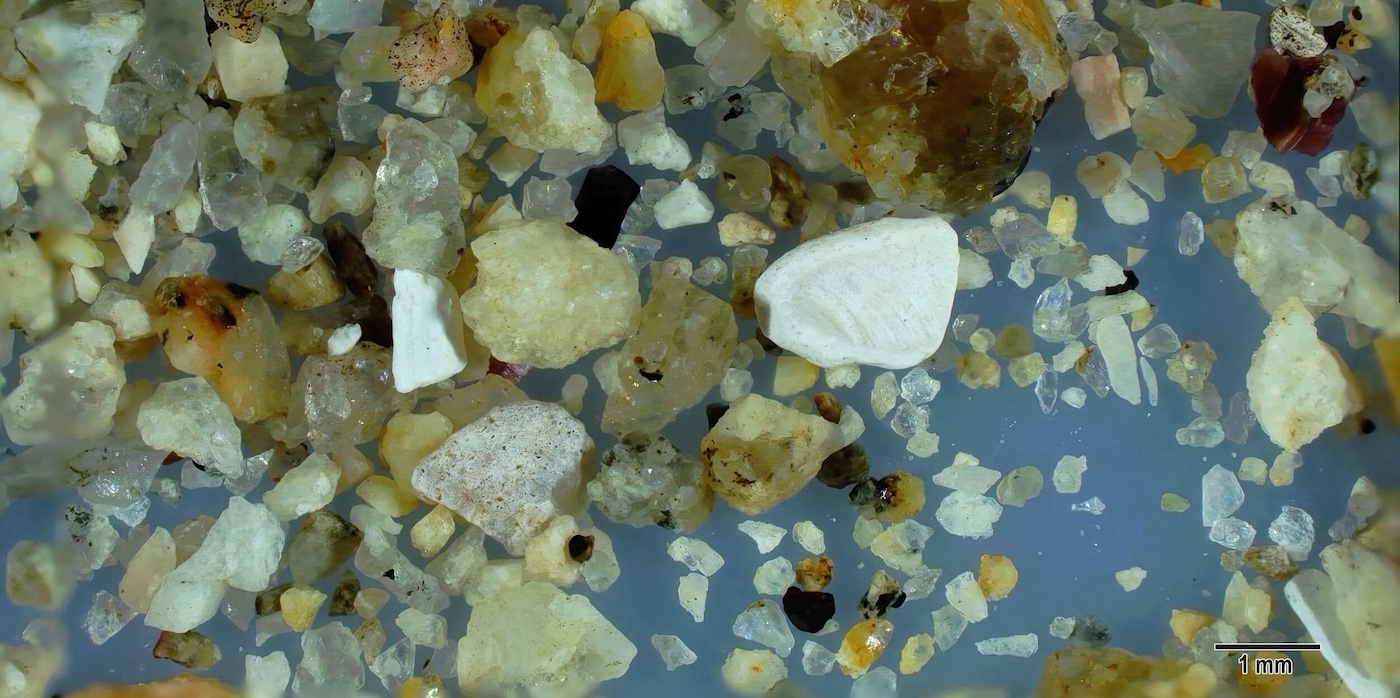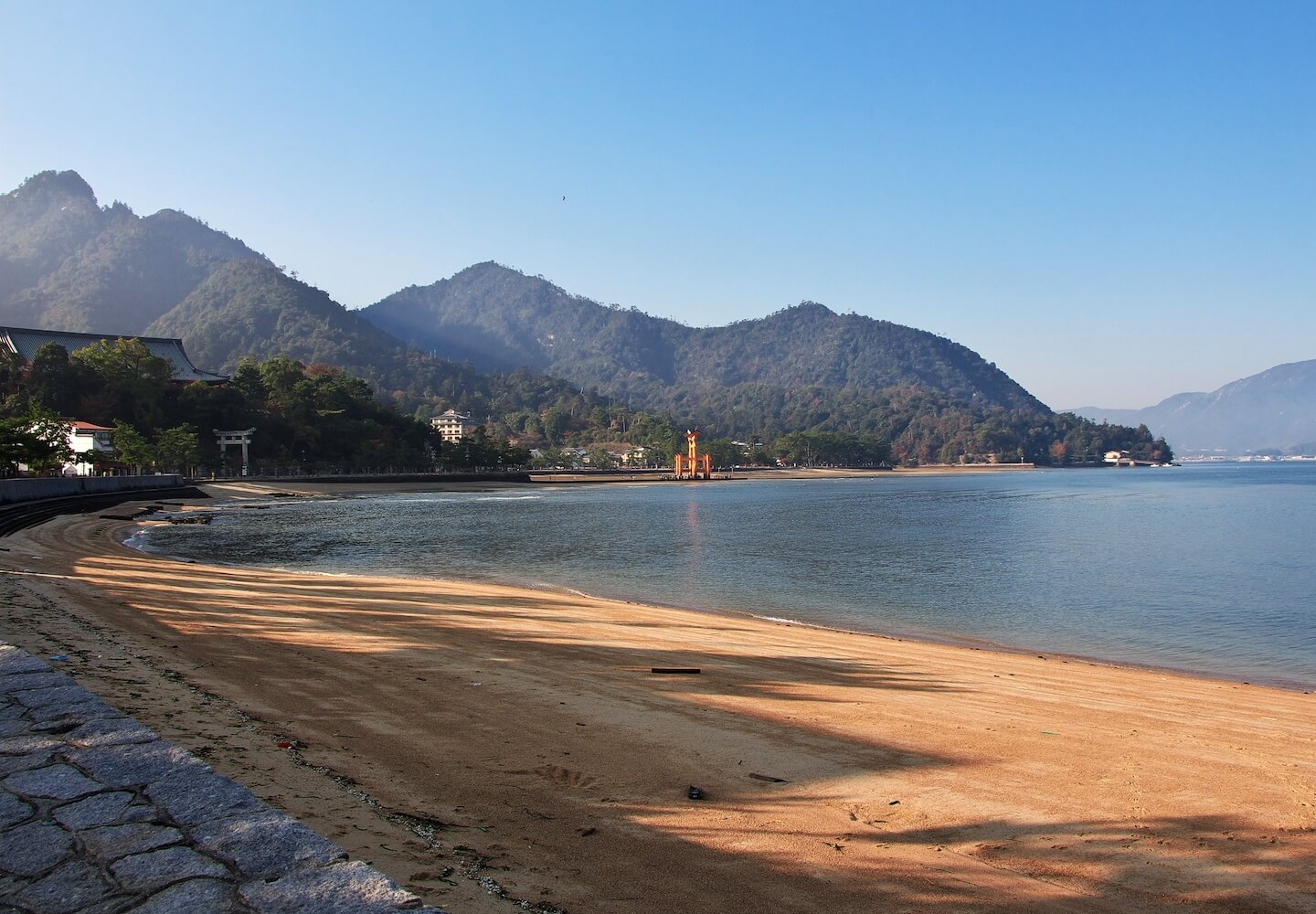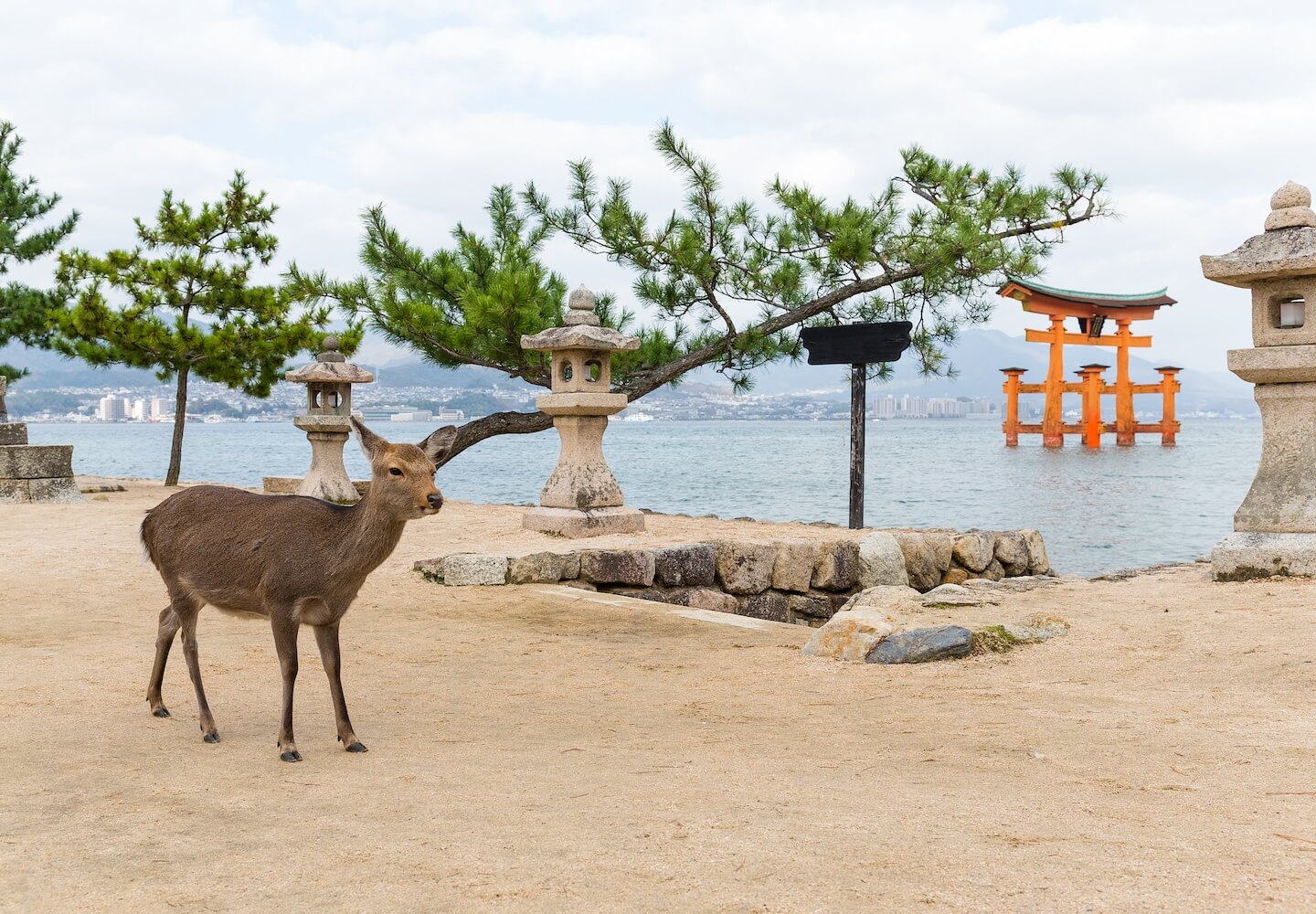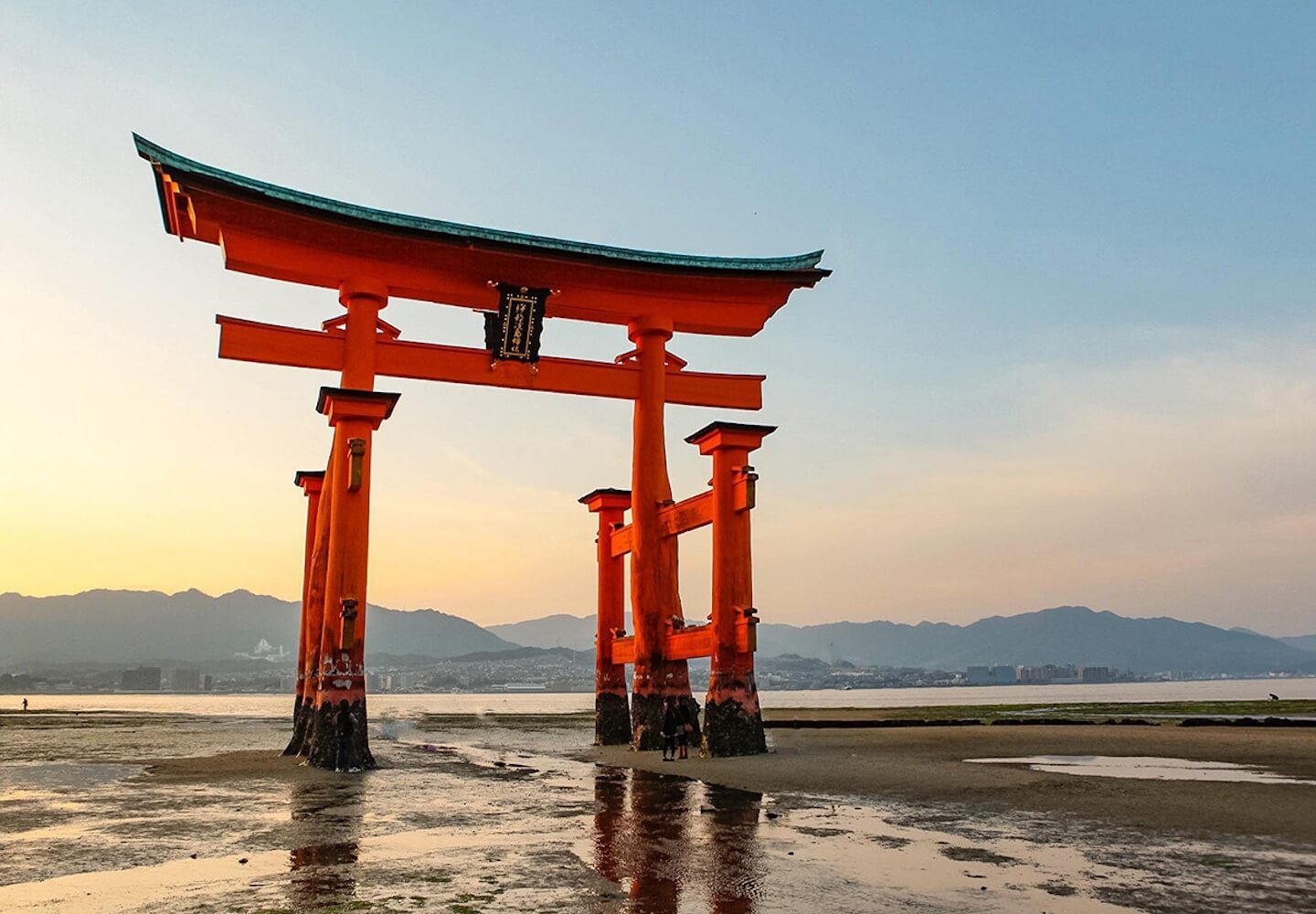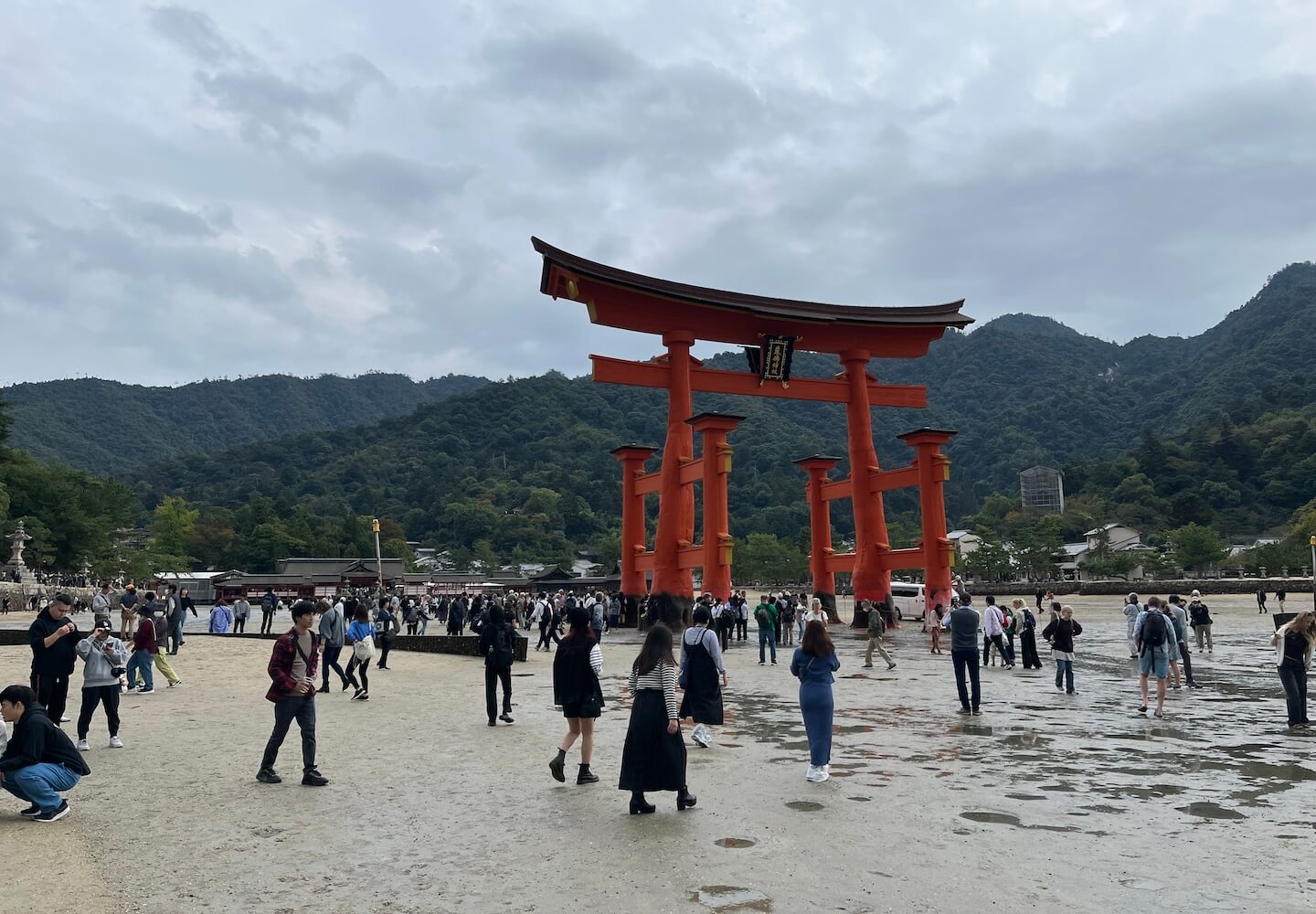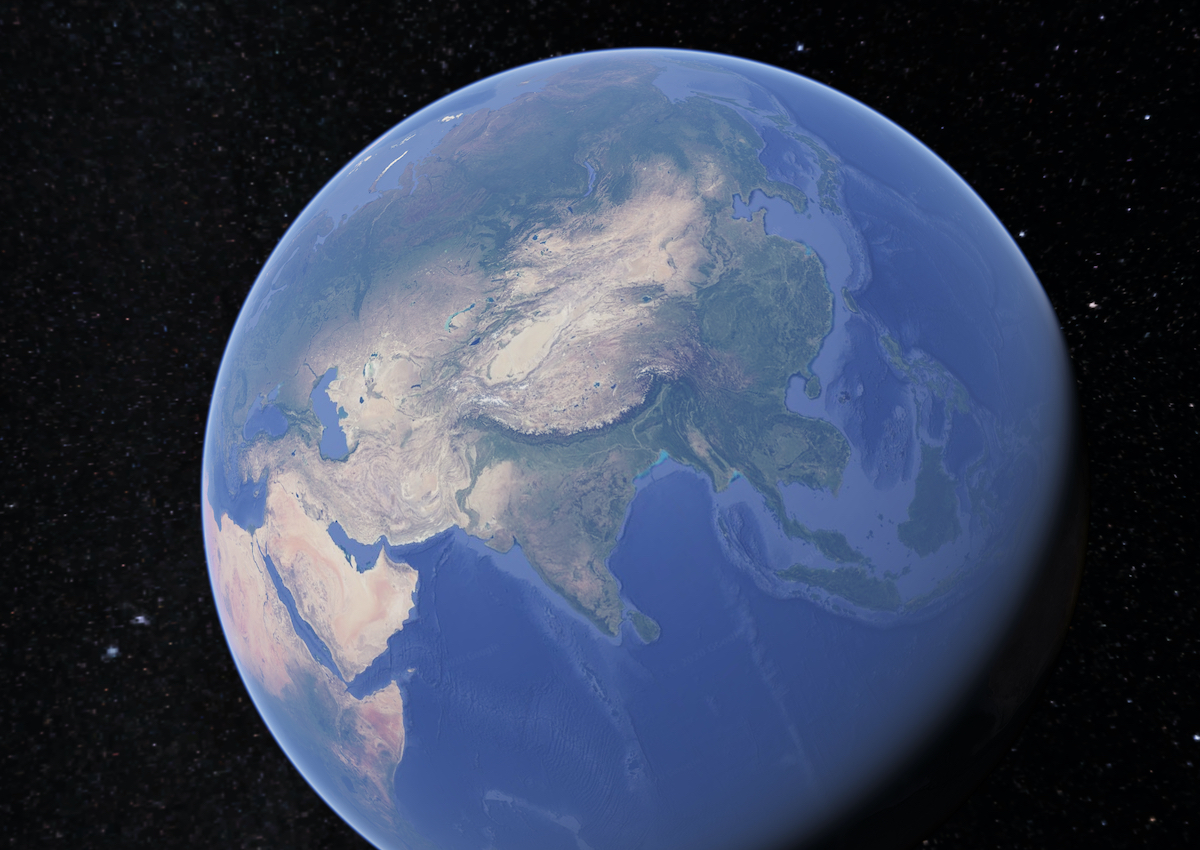Geographic Overview
Located on a small island near Hiroshima, Miyajima, formally known as Itsukushima, is famous for a giant torii gate that appears to float on the water at high tide. Also know as “shrine island”, it is known for its forests and its ancient shrine and temples. There are wild deer on the island that freely mingle with tourists.
Sand Gallery
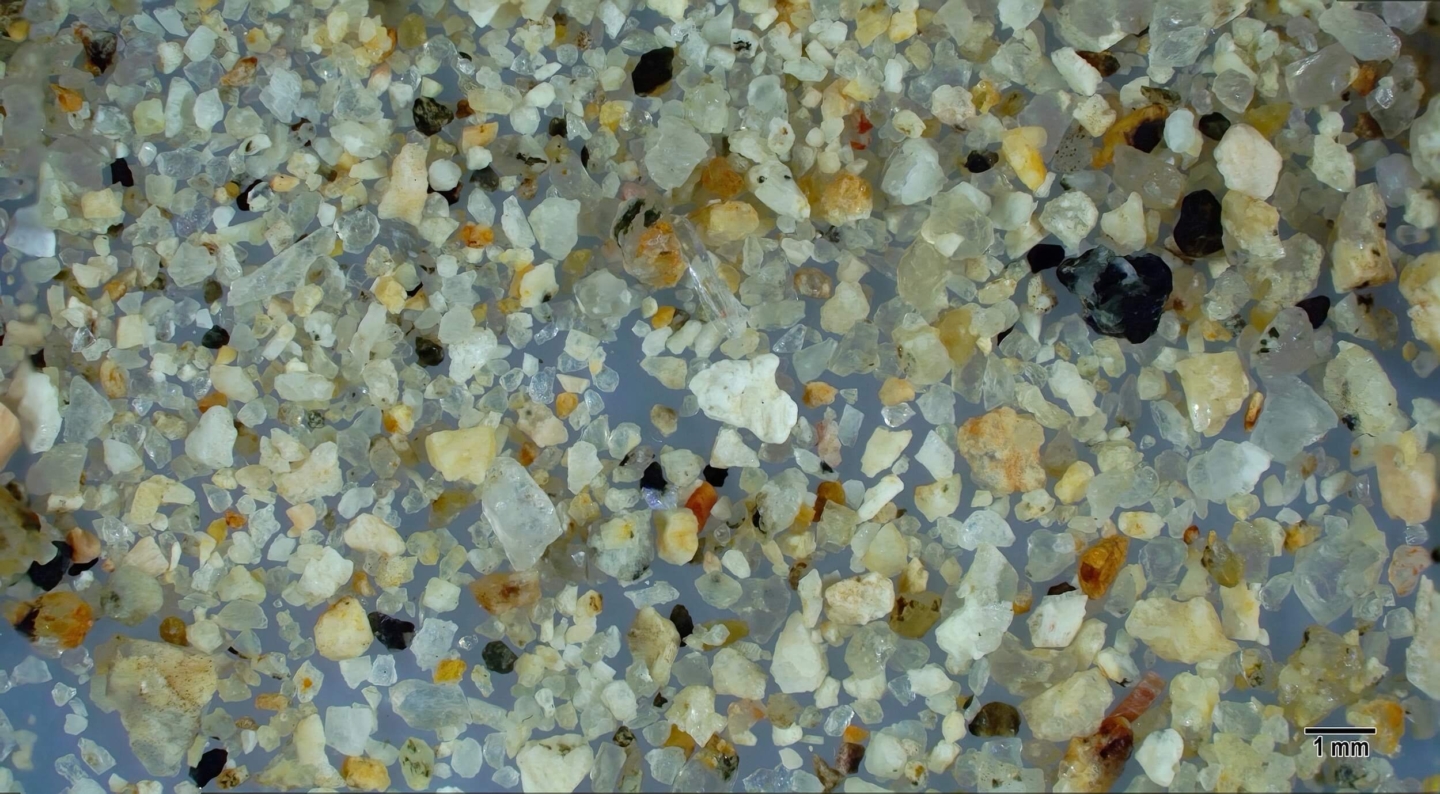
Low magnification of predominantly clear and opaque quartz and light tan feldspar along with dark metamorphic sand grains. An irregularly shaped white marine shell fragment is present in the center.
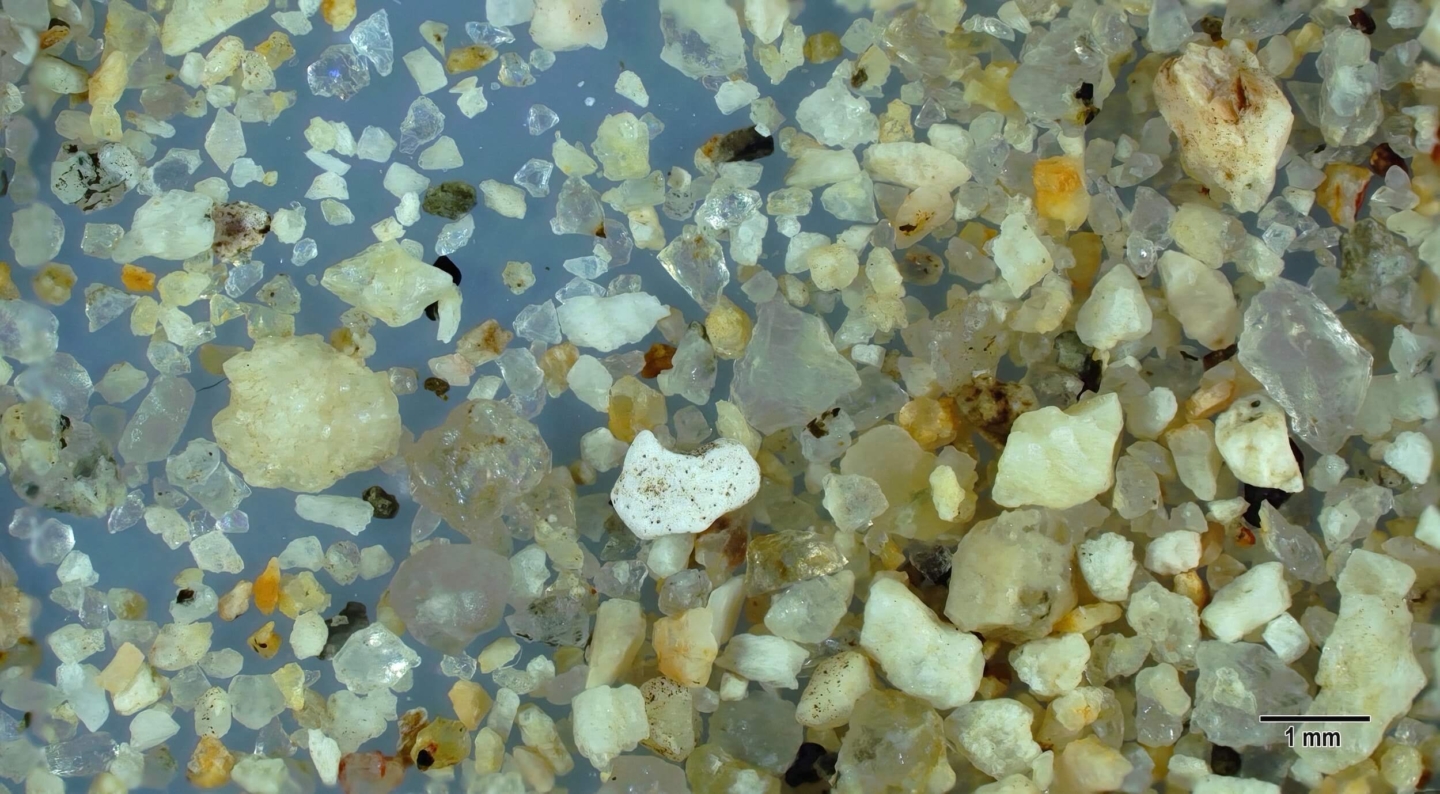
A chalky white sand grain with smooth edges in the center is a marine shell fragment. The other small and large sand grains are of geological origin and include quartz and feldspar. Some of the quartz sand grains contain black inclusions.
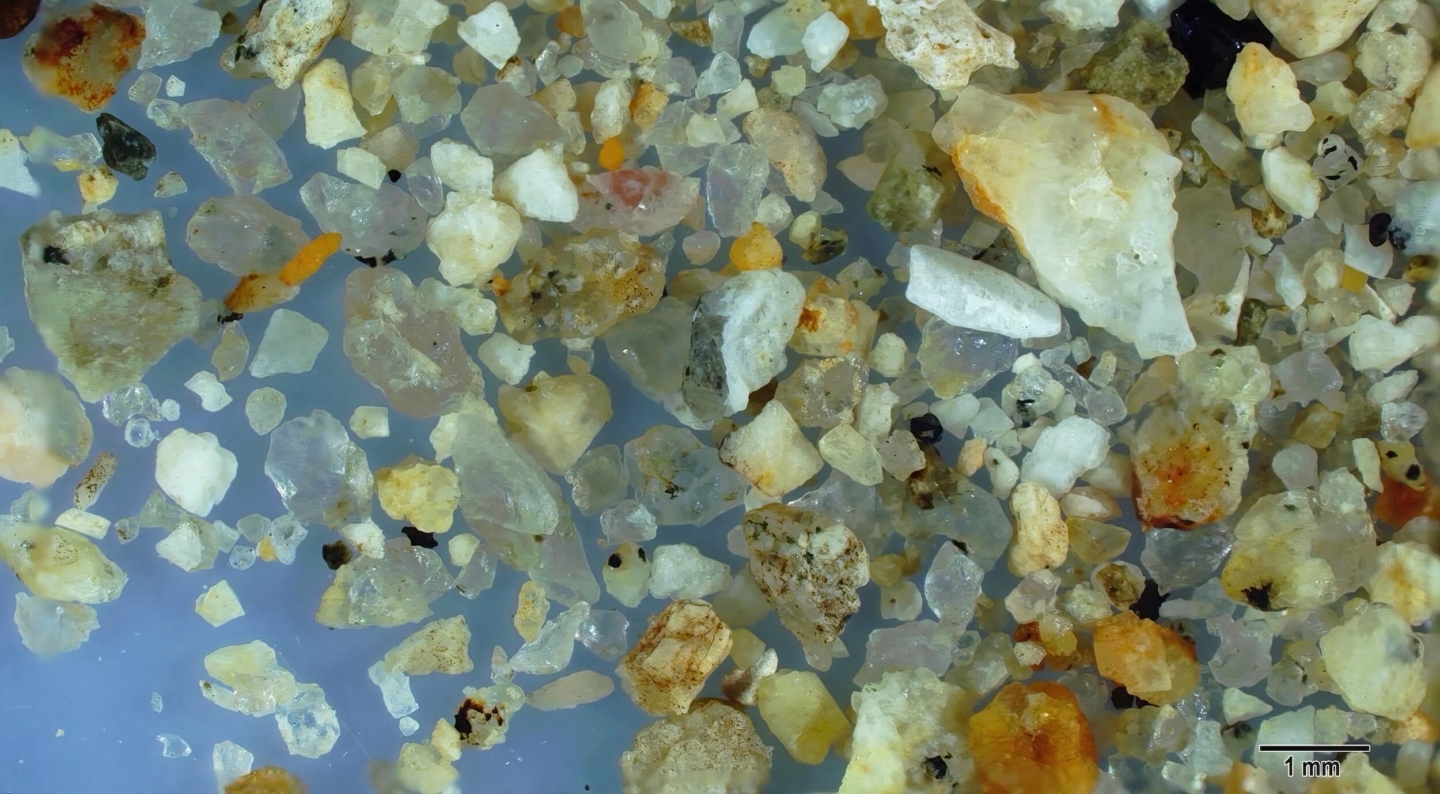
A couple of white sand grains with relatively smooth edges are marine shell fragments while the remaining sand grains are sharp edged geological sand grain fragments.
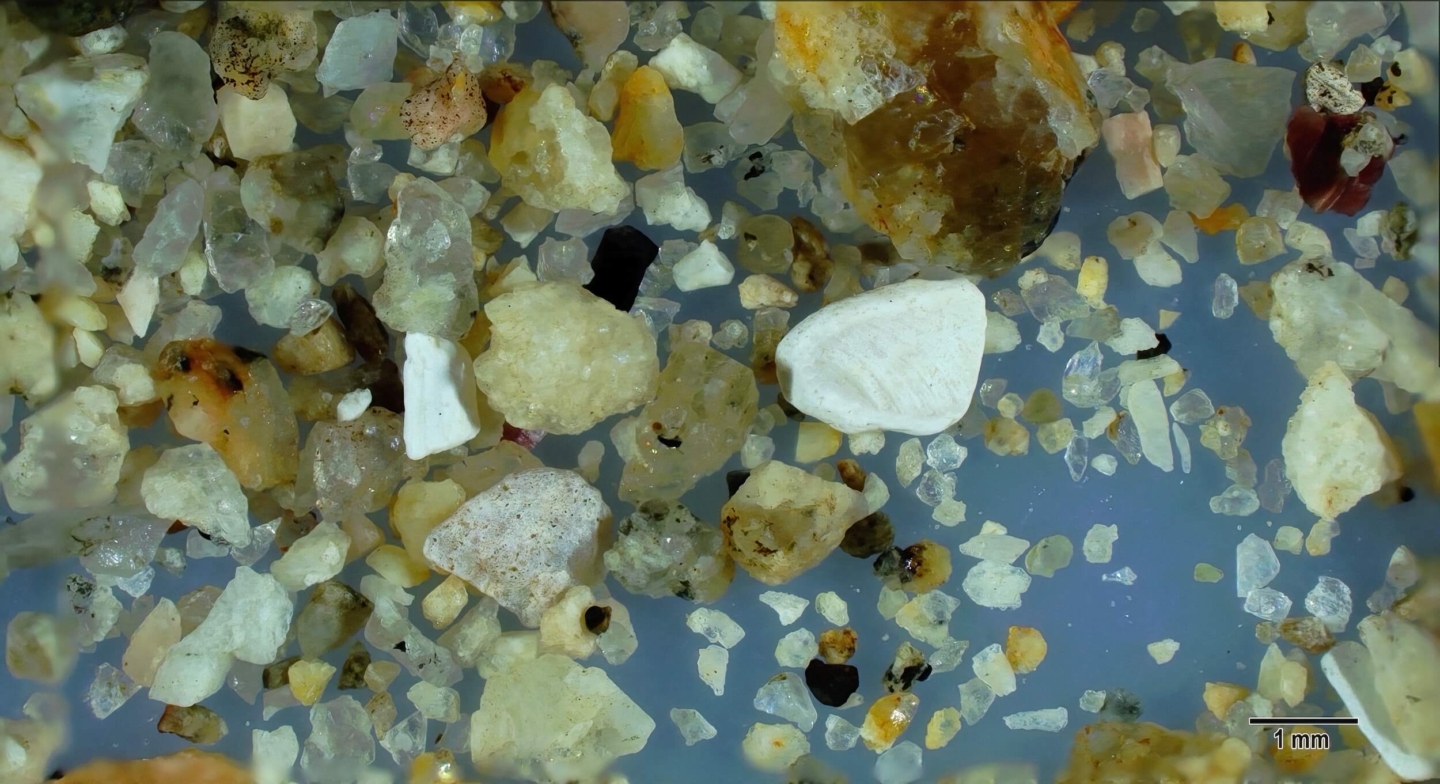
Large and small sharp-edged grains of quartz and feldspar are present in this image along with two bright white marine shell shards in the center on either side of light tan geological sand grains.
